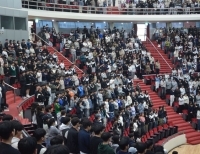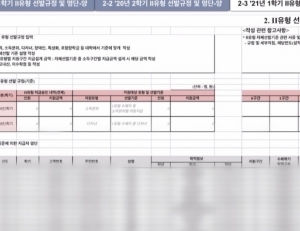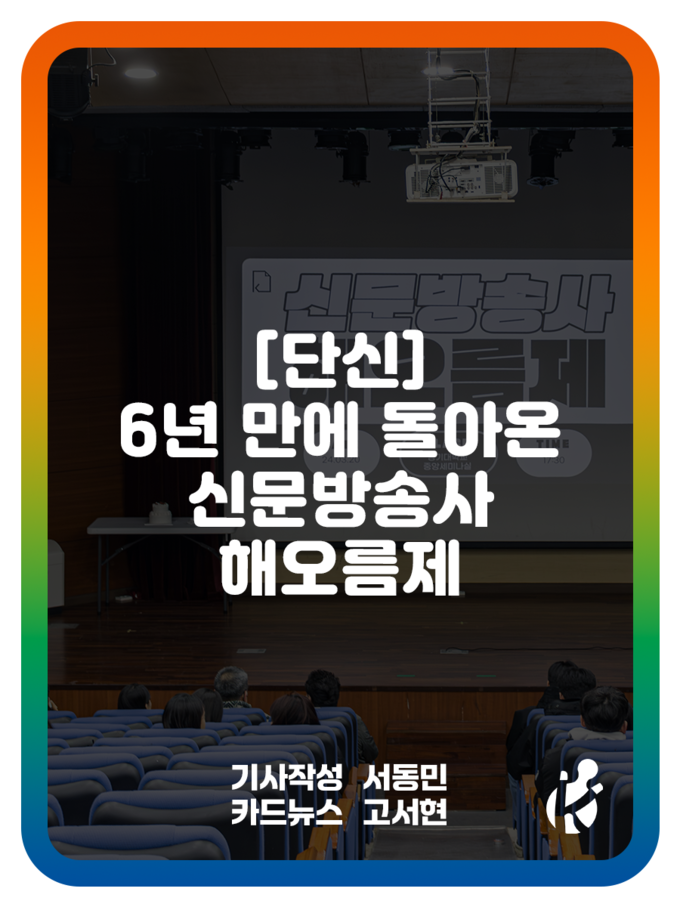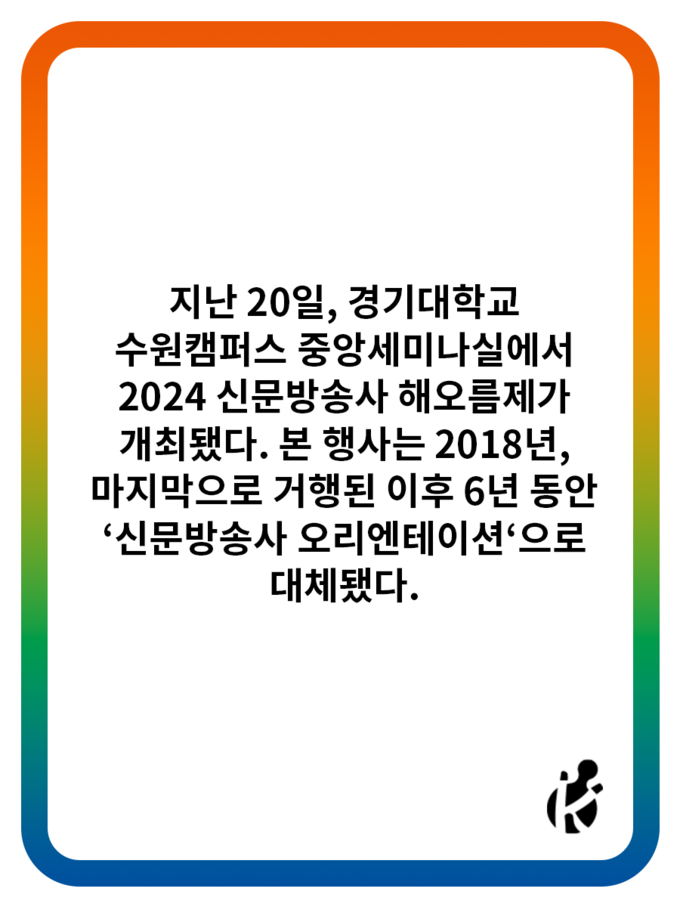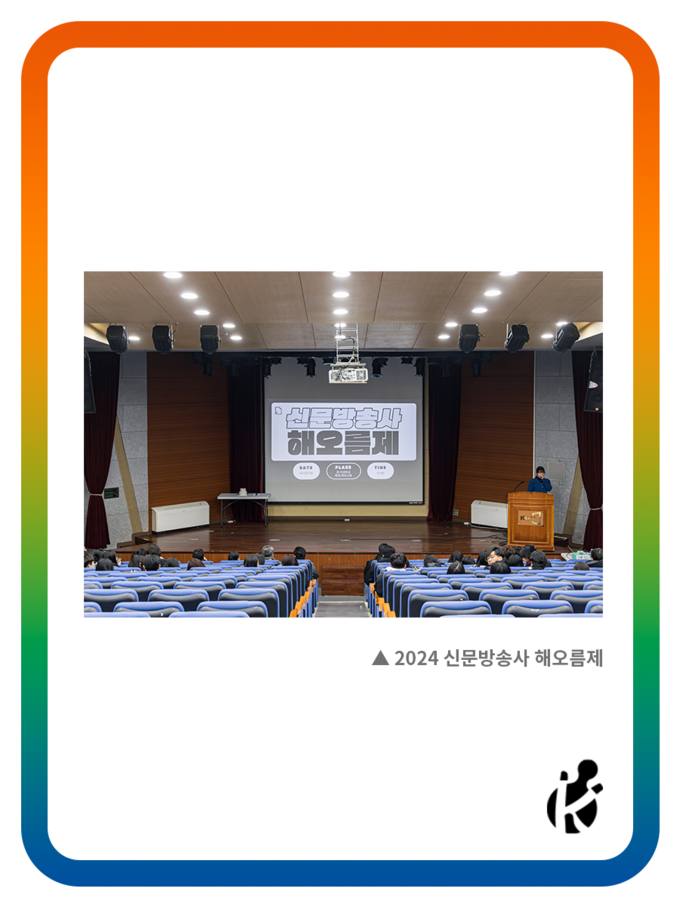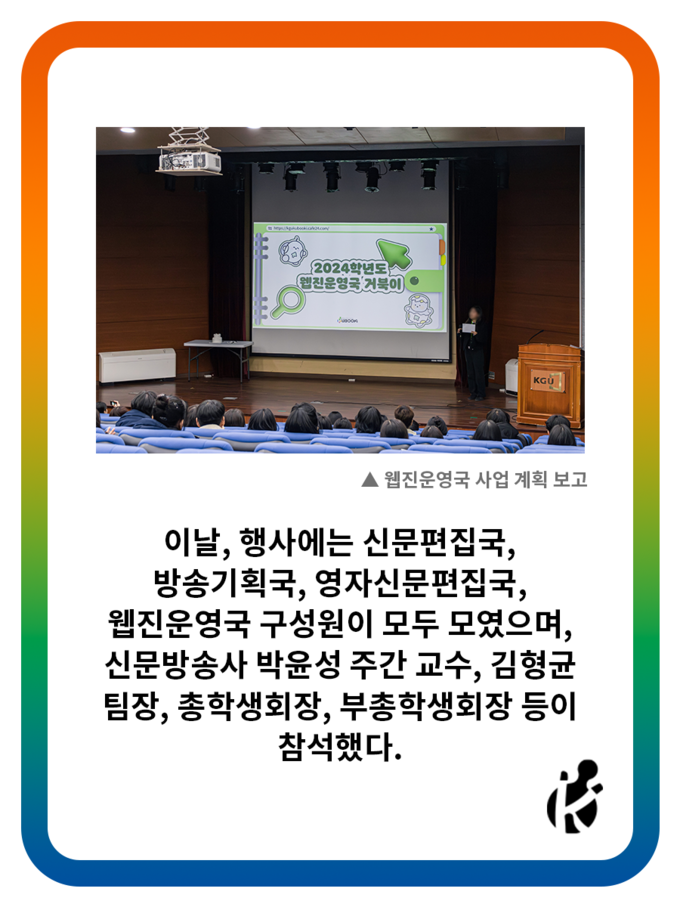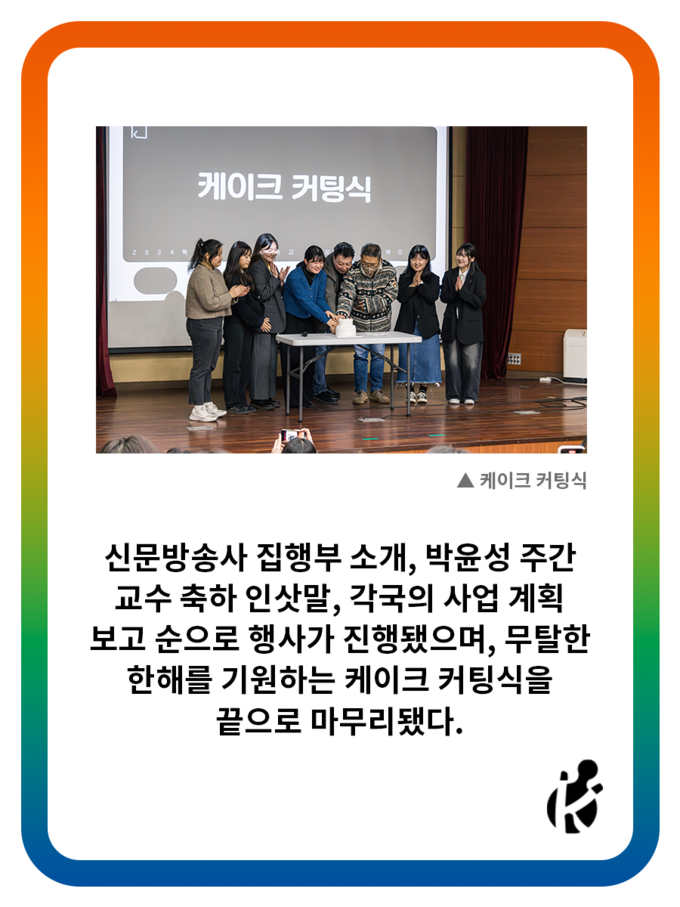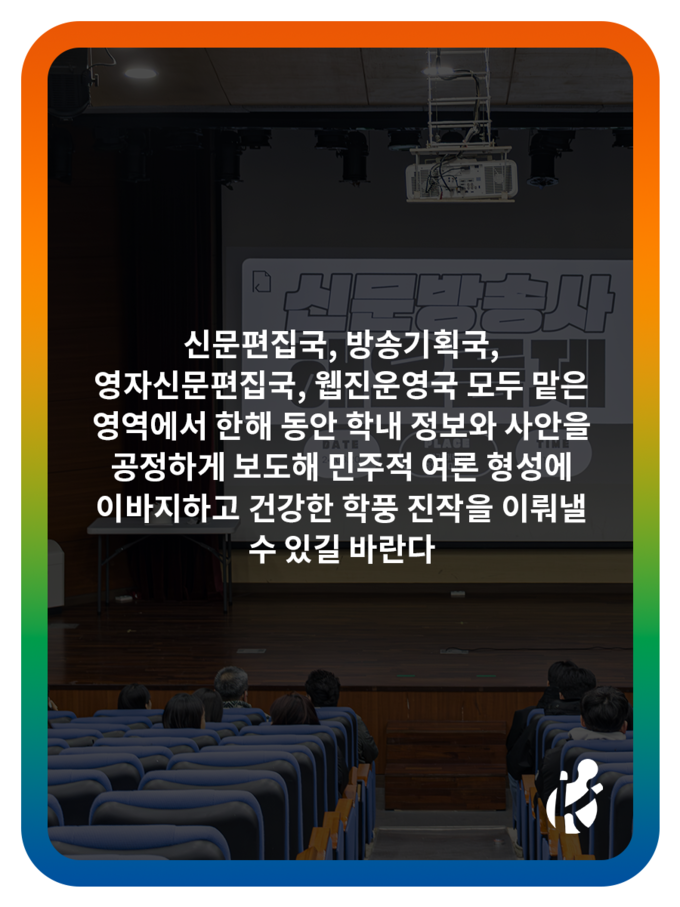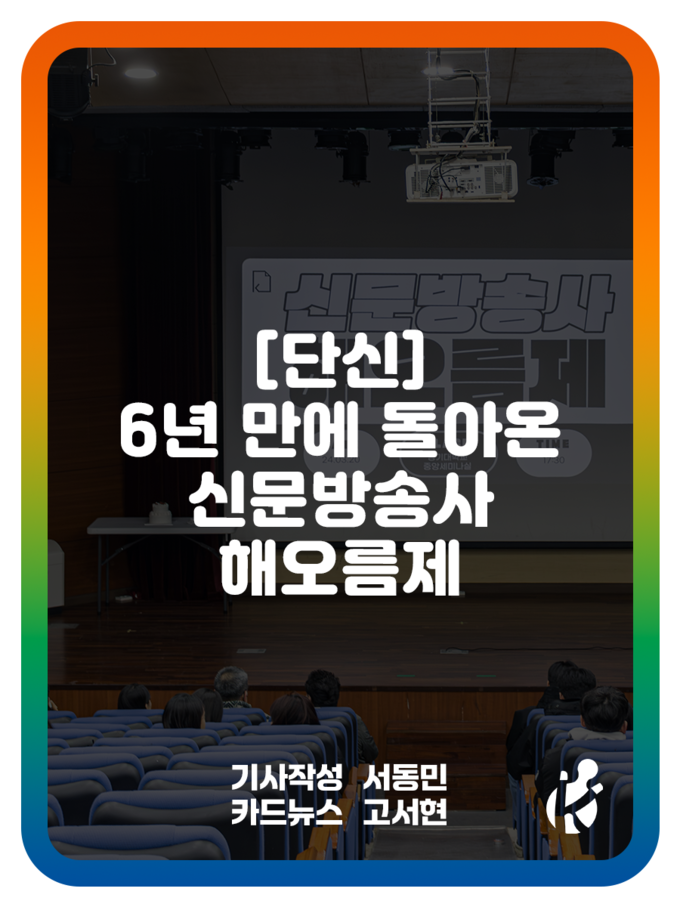Protests demanding the right of accessibility for the disabled by Solidarity Against Disability Discrimination (SADD) are intensifying day by day. Seoul Metro has taken non-stop action against the demonstrations, and also the police have forcefully blocked members of SADD boarding trains. These demonstrations began in 2001 after an accident in a subway station: While an elderly couple with disabilities was using a wheelchair lift to enter the station, one of them was seriously injured and the other died. The problem of Korea’s lack of accessibility has come to the surface. At that time Seoul mayor Lee Myung-Bak promised to install elevators in all subway stations and improve transportation by implementing low-floor buses. However, this promise has been left unfulfilled for about 20 years due to budgeting problems. SADD was formed in order to demonstrate for mobility rights and to secure budgeting for accessible facilities.
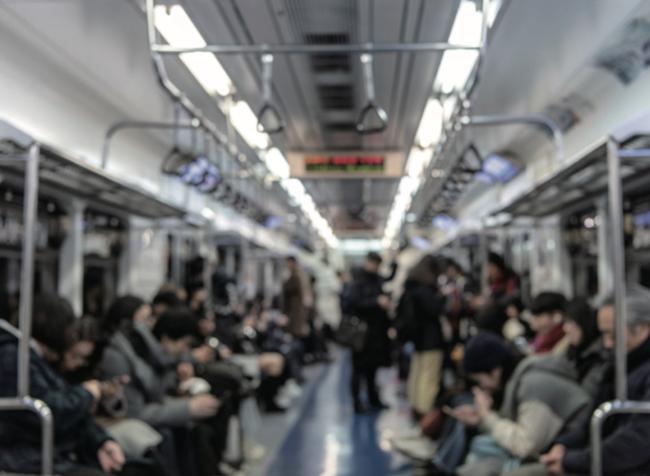
What are the mobility rights that they demand? The right to mobility is included in the right to accessibility, which is a concept that includes all of the rights to use and access buildings, the right to mobility, and the right to access information. Then, what is the current status of Korea’s right to mobility? It’s pretty poor. According to a report by the Ministry of Land, Infrastructure, and Transport in 2021, the nation’s low-floor bus penetration rate was promised to be expanded to 42.0% by 2021, but the actual penetration rate in 2020 was only to 27.8%. Digitizing this shows that only one out of four city buses nationwide is a low-floor bus that wheelchair users can use. In addition, a wheelchair user can’t use express buses or intercity buses, only regular city buses. Elevators were promised to be installed at all subway stations in Seoul by 2022 and 100% of buses were promised to be low- floor buses by 2025, but elevators have not been installed in 22 subway stations in Seoul as of 2021. Also, the introduction rate of low-floor buses is only 65.6%. In this situation, wheelchair users must use wheelchair lifts to use subway stations without elevators. The subway wheelchair lift has always been a problematic installation. It is structurally dangerous, and also due to the weight of the wheelchair, there are too many lift troubles. The lift often fails and stops, so the user is often left suspended in the air. Wheelchair lifts which are installed to help disabled people with mobility are instead threatening their lives. In addition, using the lift from a high height can feel scary to the users. Also, it takes nearly 10 times longer to use a lift versus taking the stairs. Because of the shortcomings of wheelchair lifts, installing elevators is essential for disabled people to move safely.
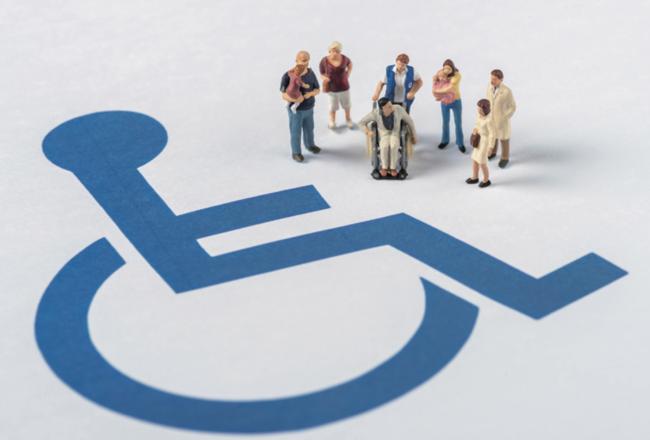
How do other countries guarantee the right to move? First of all, the neighboring country of Japan is evaluated as superior to Korea regarding mobility rights for the disabled. Japan started maintaining accessible transportation facilities earlier than Korea. In 2000, Japan started the “Barrier Free Act” - a movement to eliminate obstacles to the social life of the socially disadvantaged - and in 2017, elevators and slopes were installed in 624 out of 625 subway stations nationwide, including in Tokyo. In addition, there is a social atmosphere in which station staff and bus drivers take the time to help wheelchair passengers get settled.
What about Germany, which was the first country in the world to introduce the concept of a welfare state? In the case of Germany, “barrier-free” has been implemented since 2013. Wheelchair users can also get on the bus comfortably because low-floor buses are not operated separately like in Korea; rather, automatic inclined plate systems are installed on all buses. In Germany, not only does the legal system guarantee the right to mobility, but also the social atmosphere is very well formed. In the German subway, you can often see citizens who help people with difficulties in transportation due to wheelchairs, strollers, and heavy luggage. In addition, everyone waits for wheelchair users when they board, and they don’t seem to mind waiting.
In the case of other countries, it is easy to find a social agreement in law and life where the right to accessible facilities is a natural right. However, in Korea, even freedom of assembly and association stipulated by the constitution is not easily protected. Korea’s welfare level for the disabled is the lowest (0.6%) among OECD member countries, at less than one-third of other countries’ welfare spending (2%). The biggest obstacle to guaranteeing the right to accessibility is the attitude of people looking down on the disabled. This is why the accessibility rights groups in Korea are forced to protest for their rights. It should be kept in mind that non-disabled people are only late for work because of protests, but disabled people whose basic rights are violated will not be able to go to work for life. The right to accessibility is not an unnecessary government expenditure for the minority. Everyone can benefit from an environment that guarantees free movement. People who are currently healthy and have no difficulty driving might get hurt someday, and all people eventually get older or walk with heavy loads. We should consider whether the issue of guaranteeing the right to move is only for the disabled. In addition, solving the problem of mobility rights for the disabled will be an essential task in order to emphasize the importance of humanity and create an equal and just society where everyone is respected.
78th Reporter • LEE HYEON SEO • papiberry@kyonggi.ac.kr
- TAG
-
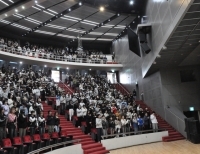 What Happened in KGU? : 수원캠퍼스 학생총회 편
On April 4th, a general meeting of students was held in the Tele-convention center at the Suwon campus. The contents were the same as the general meeting of students in the Seoul campus: the first part was for agenda announcement, the second part was about the Membership Training for whole university, and the third part was simple Q&A time. In the first part, the agendas were all the same as the ones for the Seoul campus, and the result of the ...
What Happened in KGU? : 수원캠퍼스 학생총회 편
On April 4th, a general meeting of students was held in the Tele-convention center at the Suwon campus. The contents were the same as the general meeting of students in the Seoul campus: the first part was for agenda announcement, the second part was about the Membership Training for whole university, and the third part was simple Q&A time. In the first part, the agendas were all the same as the ones for the Seoul campus, and the result of the ...

 [타 대학보 축사] 늘 그랬듯, 묵묵히
[타 대학보 축사] 늘 그랬듯, 묵묵히
 [와이파이] 큰 박스에 달랑 물건 하나, 과대포장 규제 정책 시행은 언제쯤
[와이파이] 큰 박스에 달랑 물건 하나, 과대포장 규제 정책 시행은 언제쯤
 [문화산책] 이 세계는 멋져 보이지만 모두 환상이야
[문화산책] 이 세계는 멋져 보이지만 모두 환상이야
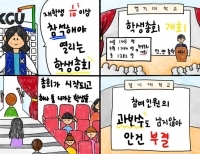 [네컷만화] 학생총회
[네컷만화] 학생총회

 목록
목록







